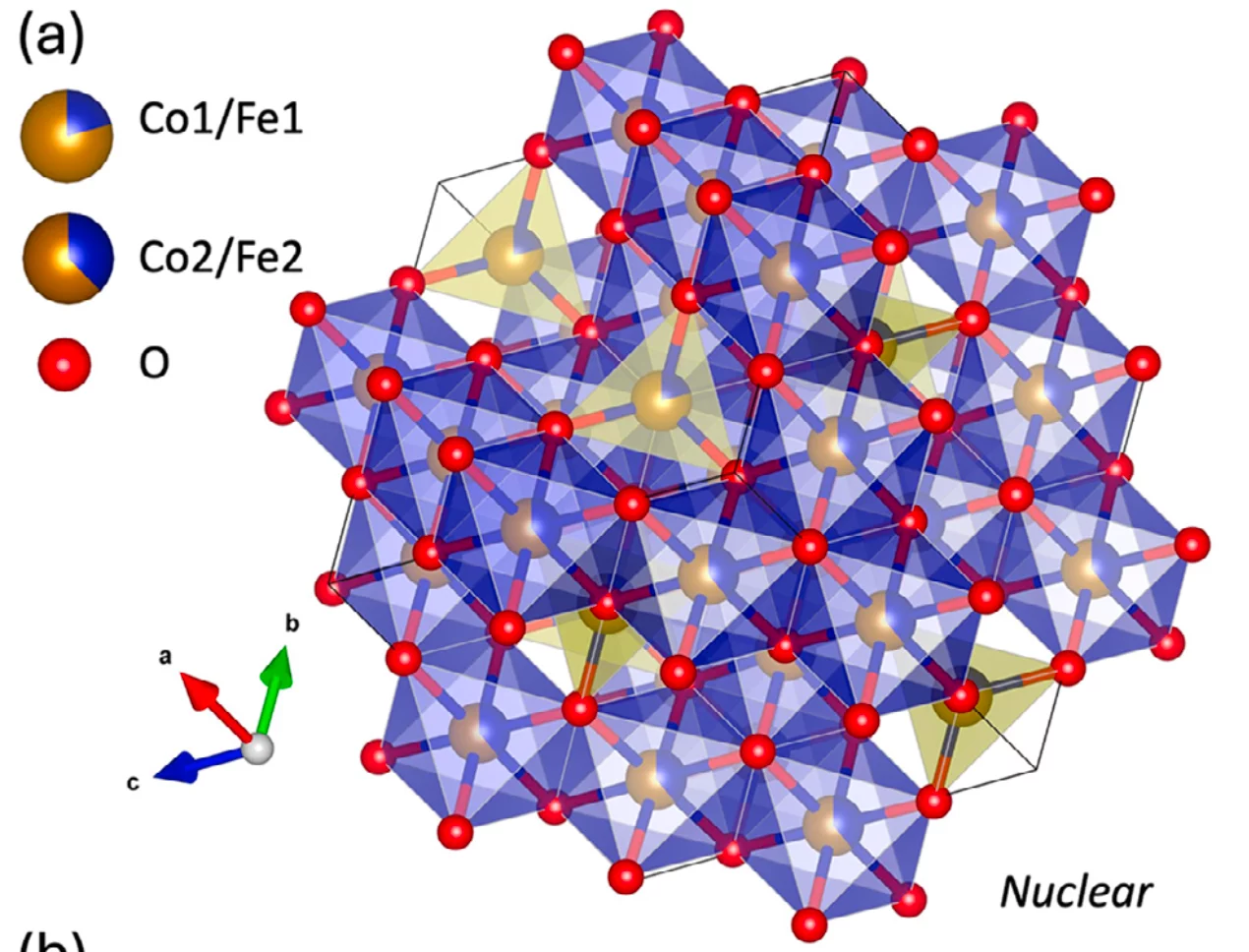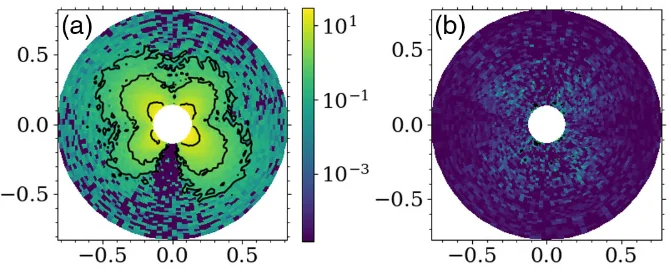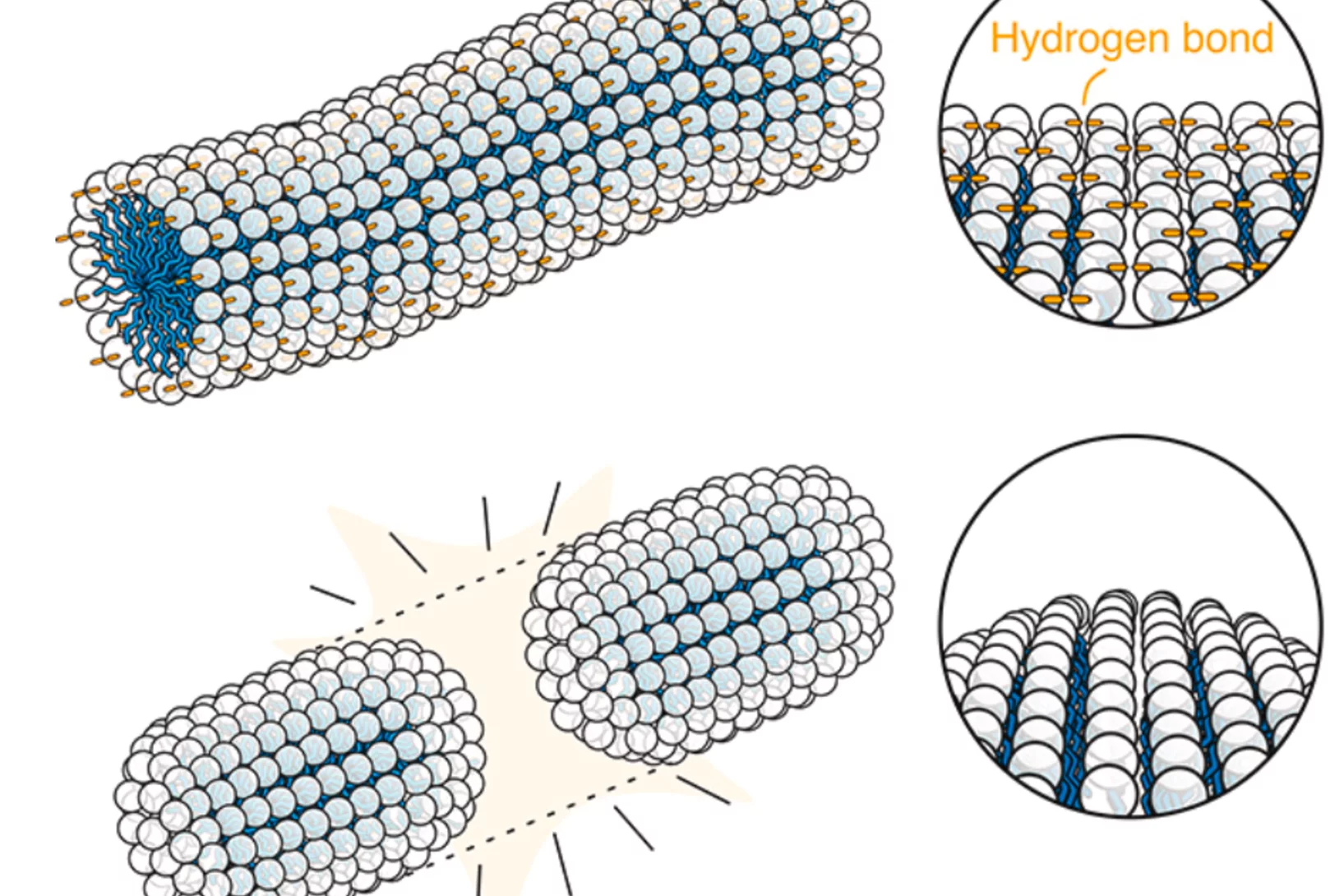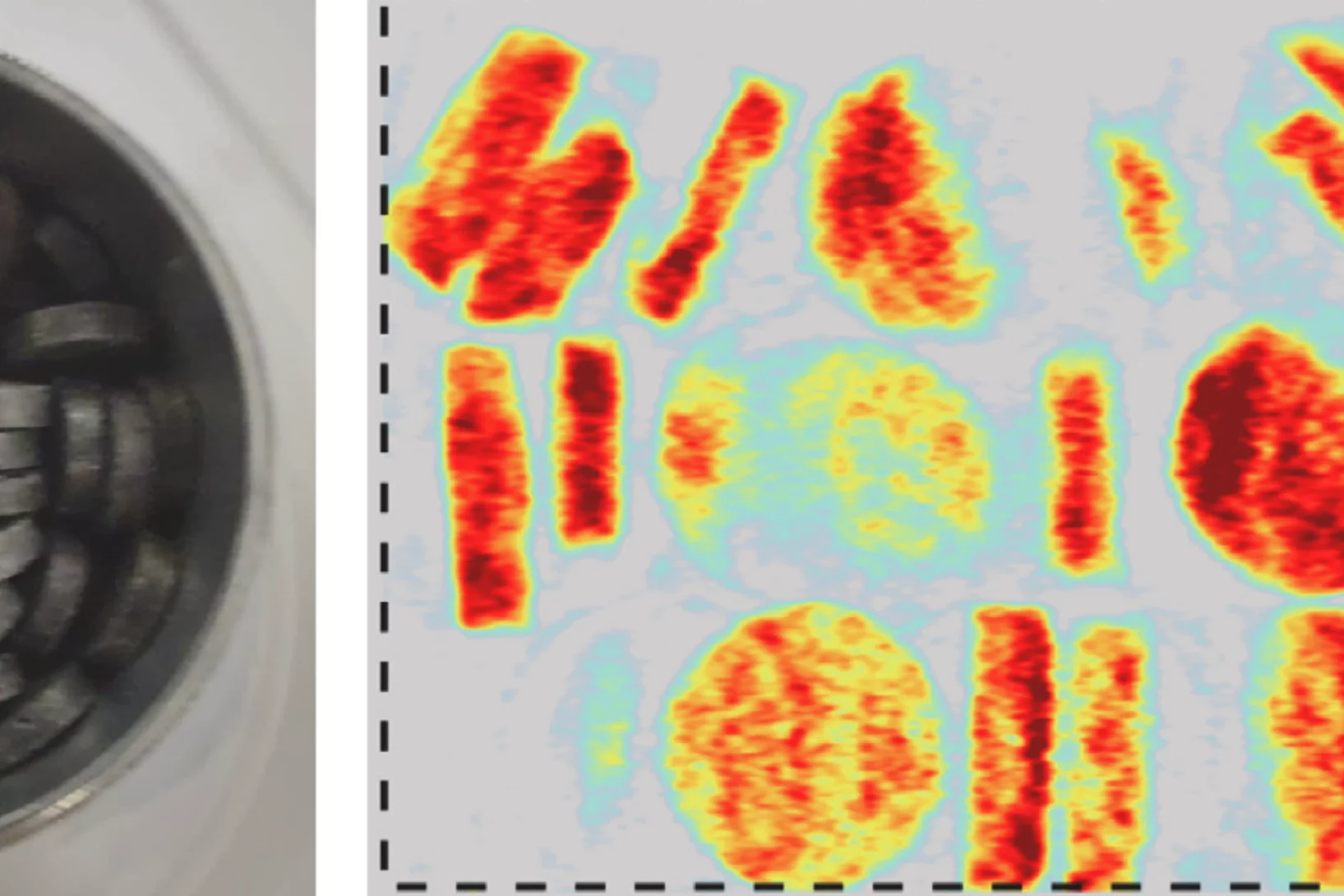The PSI Laboratory for Neutron Scattering and Imaging conducts cutting-edge research at the Swiss Spallation Neutron Source SINQ.
Lab News & Scientific Highlights
Hydrogen bonding exacerbates viscoelasticity of amino acid– and betaine surfactant self-assemblies
Many day-to-day materials rely on formulations of surfactants to control flow, texture and application. Inspired by the pairing of bases between DNA strands, we demonstrate enhanced control ...
In-situ neutron tomography study of a dehydrating and hydrating packed bed for thermochemical heat storage
To study the heat and water vapor transport and reaction kinetics in a packed bed of thermo-chemical material on both reactor and tablet level, an in-situ neutron imaging study of a dehydrating and subsequently hydrating packed bed consisting of cylindrical K2 CO3 tablets was performed at the Paul Scherrer Institute ...
Field-Induced Magnon Decay, Magnon Shadows, and Rotonlike Excitations in the Honeycomb Antiferromagnet YbBr3
The search for new quantum many-body phenomena in magnetic materials has a strong focus on highly frustrated systems and the resulting quantum spin-liquid state. However, even unfrustrated magnetic materials show a multitude of unconventional features in their spin excitation spectra. By using the synergy of ...
Recent publications
-
Walicka DI, Blacque O, Gornicka K, White JS, Klimczuk T, Von Rohr FO
Magnetism in EuAlSi and the Eu1−xSrxAlSi solid solution
Physical Review Research. 2025; 7(3): 033126 (8 pp.). https://doi.org/10.1103/69sn-hpxm
DORA PSI -
Saliba M, Lehmann E, Trtik P, Lamirant V, Pautz A, Pakari O
Simulations of a new neutron imaging station at the CROCUS zero power reactor
In: Lyoussi A, Carette M, Fanchini E, Joyce M, Hodak R, Laera L, et al., eds. Advancements in Nuclear Instrumentation Measurement Methods and their Applications. Vol. 338. EPJ web of conferences. EDP Sciences; 2025:04012 (6 pp.). https://doi.org/10.1051/epjconf/202533804012
DORA PSI -
Deptuch A, Baran S, Keller L, Hayyu AR, Szytuła A
Magnetoelastic effect in R5Pt2In4 (R = Tb–Tm) investigated by neutron powder diffraction
Acta Crystallographica Section B: Structural Science, Crystal Engineering and Materials. 2025; 81: 528-532. https://doi.org/10.1107/S205252062500900X
DORA PSI









